Episode 3 starts in New Orleans. We see a bit of the Mardi Gras festivities and glimpses of a voodoo ceremony. After some more talk with a voodoo priestess and a car ride with an American soldier who has returned to his neighborhood in New Orleans after Hurricane Katrina to find it looking a lot like Irak (Humvees included), Fry moves on to the Angola prison in Louisiana, where there are 5,000 inmates, 90% of them without the possibility of parole, on 18,000 acres (about the size of Manhattan, we’re told). Just like the car ride through New Orleans, this landscape, too, gets you pondering about the lives of all those life prisoners, some of which do change for the better in some respects even as they have no chance of changing their lot. We learn that they work the land, making all or most of the food they need, and that they create other useful products as well.
In Mississippi Stephen Fry drives by some really nice architecture and talks with actor Morgan Freeman in the latter’s own blues bar. Then he canoes on the Mississippi (he doesn’t do the rowing himself, no), and . . . I’ll skip Missouri, Iowa and Indiana. I’ll just say there’s a bit about yoga and transcendental meditation, too. What I’m coming to appreciate in Stephen Fry’s choice of subjects is that he chooses a large variety that he feels represents many facets of America. It’s not a bland travelogue, which is to be commended. Yes, he is opinionated (and that's much of his appeal) but he also does a number of firsts for him on this trip, breaks an arm somehow (didn’t understand how), and generally exposes himself to things he feels he understand and things he doesn’t (TM or a homeless person telling him that he “chooses” to live that way).
After Indiana there’s Ohio, with images from the Kent State riot of 1970, and Detroit in Michigan, with talk about Ford and GM. When he arrives in Chicago, we’re treated to a bird’s-eye view and the sounds of Chicago blues (Buddy Guy, whom Fry talks with on camera as well). Buddy Guy makes some poignant comments about a world he sees vanishing, one with more blues and fun – speaking of which, there’s also The Second City in this Chicago bit, and Stephen Fry gets on stage as well.
But the real comedy bit is in Wisconsin, where Stephen Fry gets really funny in the company of ewes and a cheese-making lady.
This episode’s journey ends in Minnesota, where he talks about the Hmong community, meets with a senator representing these people (40,000 of them) and then takes to a frozen-over lake for some ice fishing. It’s really cold outside now, and the landscapes are rather beautiful with all the snow. In fact, even without the snow, the Wisconsin town he drives through and the horse and buggy (he goes into Amish country as well, but doesn’t film there) are rather picturesque.


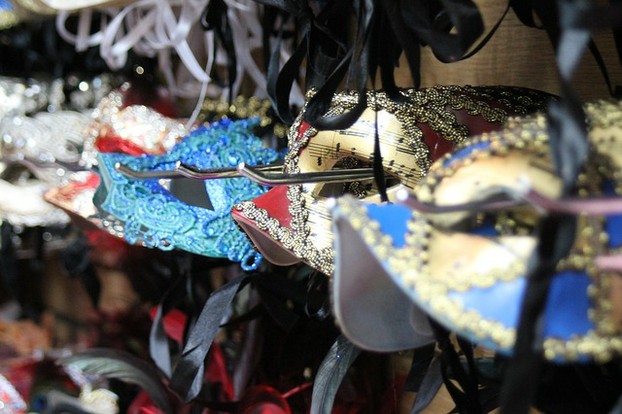
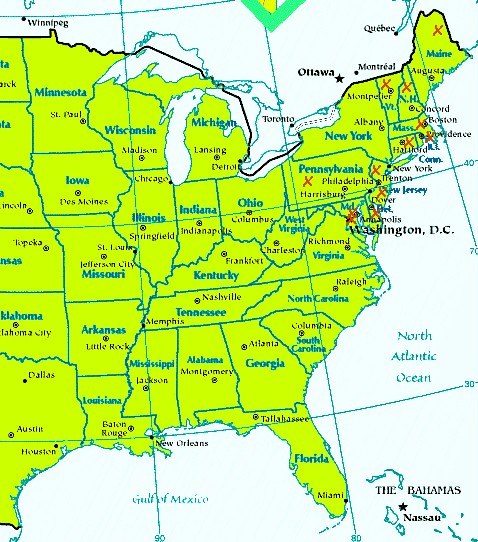
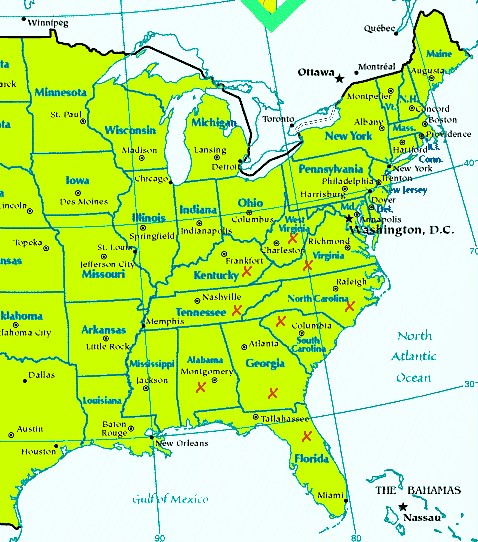
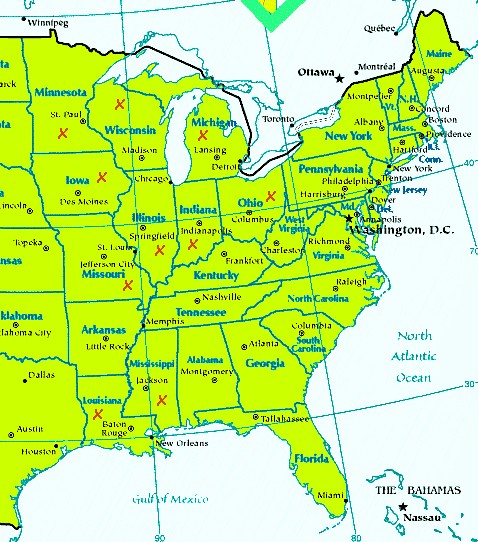


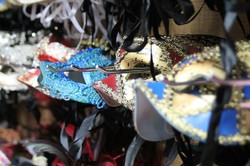

 Funny T-Shirts and Mugs for the First Year of the Covid Eraon 10/15/2020
Funny T-Shirts and Mugs for the First Year of the Covid Eraon 10/15/2020
 Cool Gadgets for Geeks and Travelers Part 3, Great Gifts This Christmason 05/06/2019
Cool Gadgets for Geeks and Travelers Part 3, Great Gifts This Christmason 05/06/2019
 25 Creative Get Well Gift Ideas for Coworkerson 03/08/2019
25 Creative Get Well Gift Ideas for Coworkerson 03/08/2019
 Perfect the Moment. Seize the Day and Perfect Iton 12/12/2018
Perfect the Moment. Seize the Day and Perfect Iton 12/12/2018


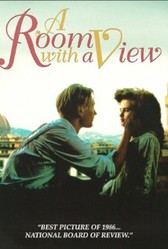
Comments
It's possible that he got mixed up about that. This was quite an undertaking.
Mira, Stephen Fry's reference to Amish country always puzzles me because by the time of the filming they were long gone from Wisconsin. The fact that it's not authentically Amish may number among the reasons for not getting filmed what he talks and writes about. Does he not know?
As much as he says he "abhors" the notion of "fun," he's quite fun to watch, listen to, and read himself!:)
I watched the documentary on TV a few years back and loved it. I'd forgotten there was a book accompanying it, too. I'll have to check that out. Stephen Fry is always great to watch, listen to and read!
You're right. It's part travelogue, and part social documentary. Thank you, ologsinquito!
They do look really interesting. This is a good way to "explore" parts of the US you're probably not going to get to. Pinned to my See the World board.
They are not the usual fare, that's for sure!
I have got to watch these. They look so interesting.